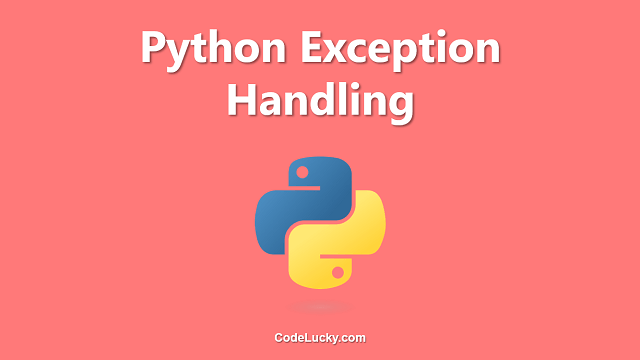In Python, the ‘pass’ statement is a placeholder for code. It is used as a placeholder for code that has not been implemented yet. The ‘pass’ statement is a null operation, which means it does not perform any action and has no effect on the program. This makes it useful in situations where a code block is required syntactically, but no code needs to be executed.
Syntax of ‘pass’ Statement
pass
Examples of ‘pass’ Statement
Here are three different examples illustrating three different scenarios where we can use the pass statement.
Example 1: Using ‘pass’ in Loops
In Python, loops are a fundamental aspect of programming. The ‘pass’ statement can be used to fill the body of a loop when the loop’s purpose has not been determined yet. For example:
for i in range(10):
pass
This loop will run 10 times, but since the body of the loop is empty, nothing will happen.
Example 2: Using ‘pass’ in Functions
The ‘pass’ statement can be used as a placeholder for a function’s code that has not been implemented yet. For example:
def do_nothing():
pass
do_nothing()
In this example, the function ‘do_nothing’ does not perform any action when it is called.
Example 3: Using ‘pass’ in Classes
The ‘pass’ statement can be used as a placeholder for a class’s code that has not been implemented yet. For example:
class MyClass:
pass
my_obj = MyClass()
In this example, the class ‘MyClass’ does not contain any methods or attributes, but it can still be instantiated into an object.
Why Use the ‘pass’ Statement?
The ‘pass’ statement is useful in a number of situations where placeholder code is required. It can be used in loops, functions, classes, and other structures to indicate that code will be added later. Using the ‘pass’ statement instead of leaving the code block empty makes it clear that the code block is intentional and not an oversight.
In addition, the ‘pass’ statement can be useful in situations where a code block is required syntactically, but no code needs to be executed. For example, the ‘pass’ statement can be used in the body of a conditional statement when no action needs to be performed.
Conclusion
The ‘pass’ statement is a simple but powerful tool in Python. It allows you to include placeholder code in your program and provides a clear indication of your intentions for that code. Whether you’re working on a small script or a large project, understanding the ‘pass’ statement can help you write better and more organized code.







